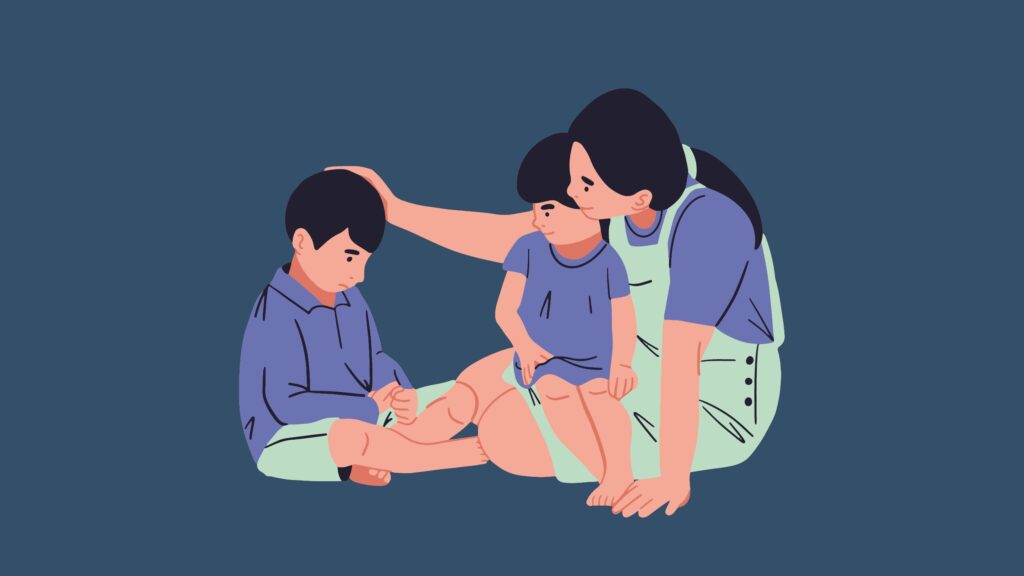Music and the devices that deliver it are very commonly seen among the teenage population, whether it be rock tunes on an iPod during study hall, or pop songs through a music app while walking laps in PE. It may not entirely be a distraction; there have been numerous studies and articles written about the positive effects of the musical kind.
Music therapy is a very real major, offered at popular colleges like the Berklee College of Music in Boston, MA and Chapman University in Orange, CA. It is a verified health profession with application in physical, cognitive, emotional, and social attributes of patients.
“Through musical involvement in the therapeutic context, clients’ abilities are strengthened and transferred to other areas of their lives,” the American Music Therapy Association website reads. “Music therapy also provides avenues for communication that can be helpful to those who find it difficult to express themselves in words.”
Physically, music has been found to reduce pain, increase the recovery time after workouts, and promote a higher level of exercise via longer endurance, motivation, and performance. The workout effect is especially potent when biking or running. Music can also help people sleep better and encourage them to eat less. These effects are often seen when classical or soft music is played throughout a person’s meal or their nightly rest.
Mentally, it can reduce stress by activating biochemical stress reducers, as well as raising moods. Slow and rhythmic beats, such as classical or meditative tunes, can alleviate depression-like symptoms and induce a therapeutic meditative state. Medically, via music therapy, there has been promise in using music to treat mental and mood disorders, including bipolar disorder, depressive symptoms in elderly patients with dementia, and motor and emotional rehabilitation in those with Parkinson’s.
Many listeners also get musical chills, also referred to as frisson or “skin orgasms,” due to the neurotransmitter dopamine being released and flooding the body. Dopamine is responsible for the reward and pleasure center in the brain, as well as emotional responses. Often, those who get chills are wired differently, with stronger connection between the auditory section in the brain and the one that processes emotion. Another study was done that connected the chills to a trait called Openness to Experience. In that case, those who listen to music more intelligently, such as predicting the melody or applying mental imagery, will experience the frisson when they are pleasantly surprised by an unexpected change or deviation.
Similar to these musical chills is something called Autonomous Sensory Meridian Response [ASMR], “head orgasms,” or “brain tingles.” These are sounds that are pleasing to the ears, such as gentle whispers or crisp sounds. Often, they cause gentle tingles around the base of the head, neck, or other parts of the body. Despite the subculture surrounding ASMR that has cropped up on YouTube, barely any research has been conducted in the psychological area.




